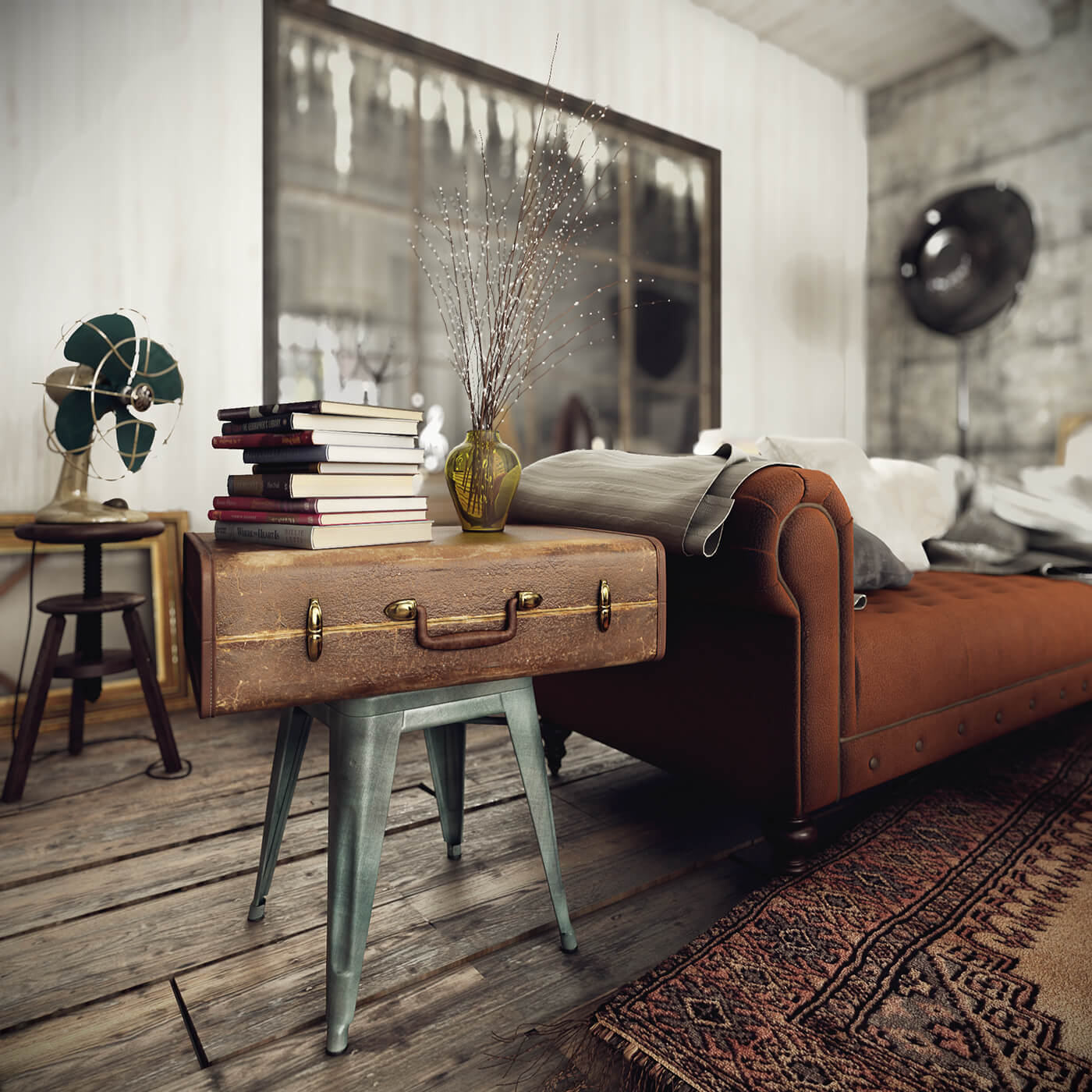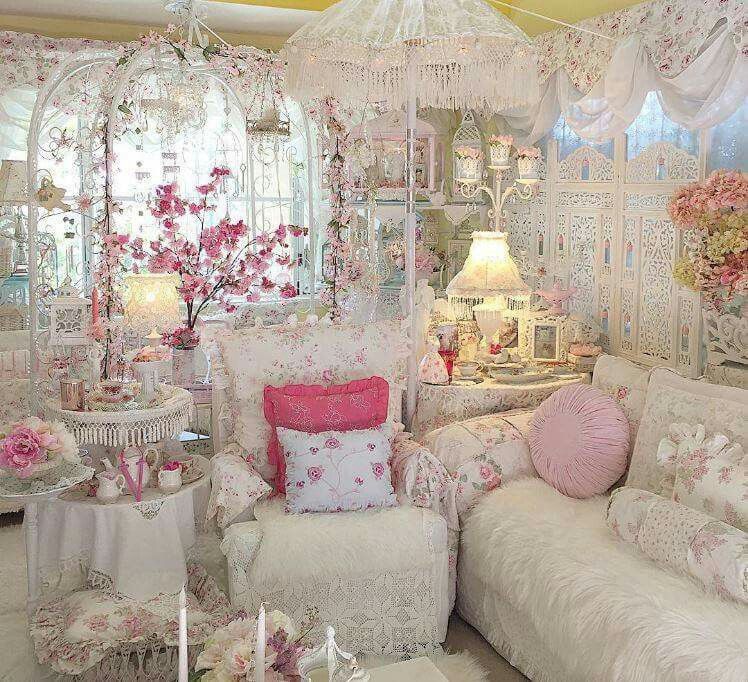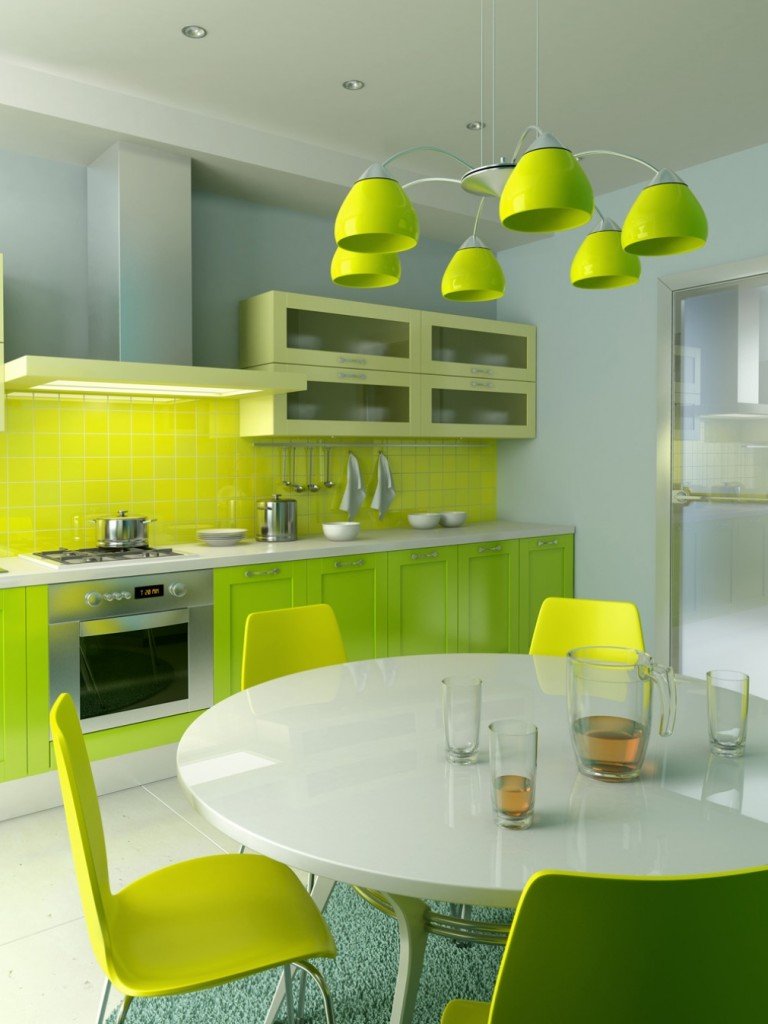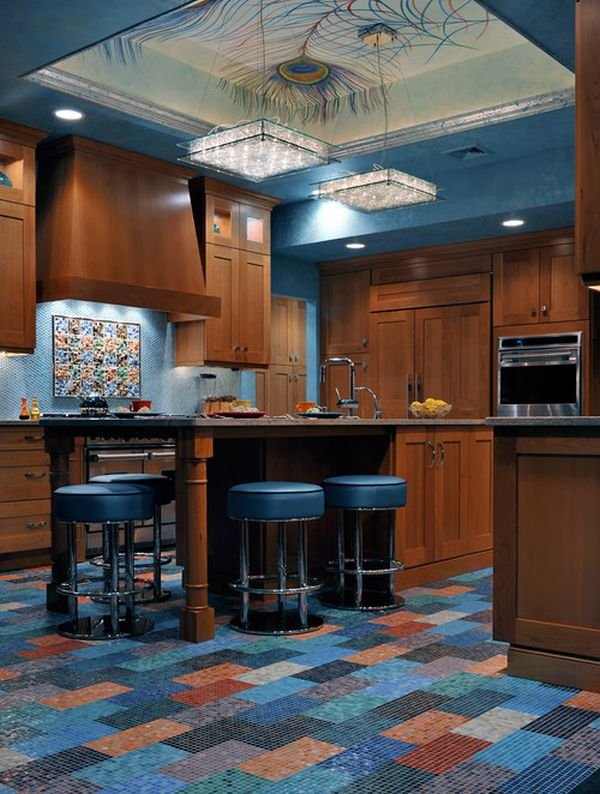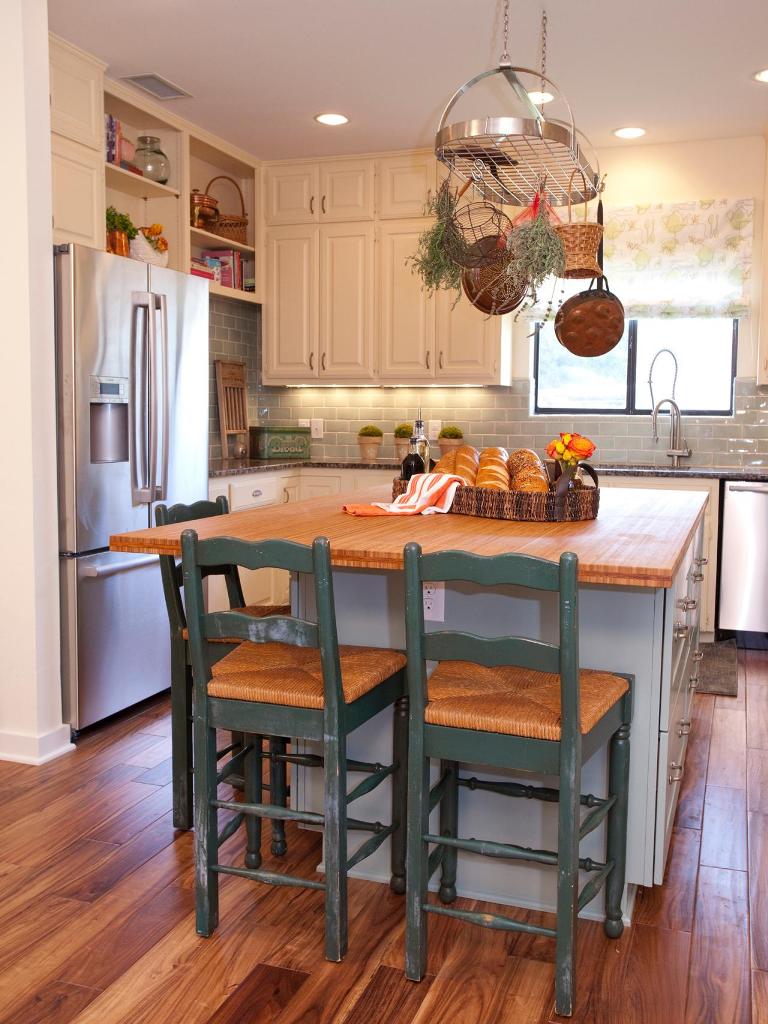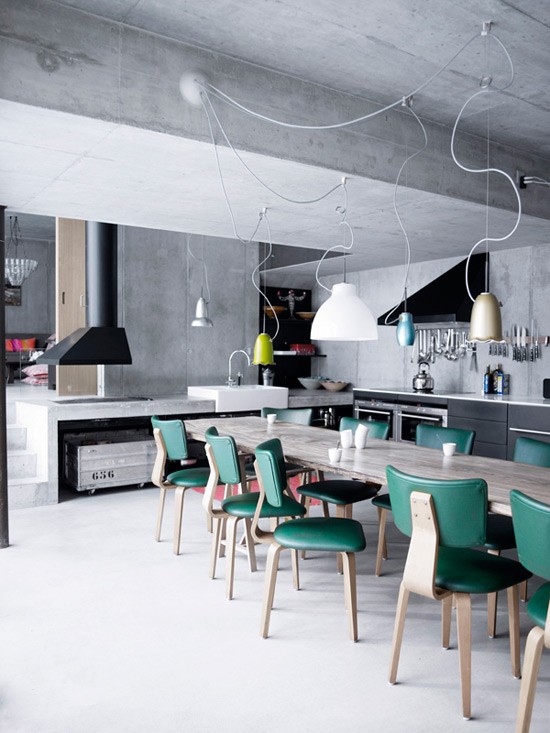Have you ever thought about transforming a worn-out piece of furniture into something elegant? Understand more about Shabby Chic, an interior design style that has this proposal!

Shabby Chic style takes your home to the countryside
Fashion is a cycle: it marks a period and, some 20 years later, it comes back with a vengeance. The most curious thing is that this doesn’t just happen with clothes, but also with architecture and design — just see how many people buy furniture similar to what they saw in their grandparents’ house.
However, in addition to being a simple fad, having an antique piece of furniture evokes fond memories and even an air of comfort in the environment. This is the spirit of Shabby Chic, a style that revives the past in a bucolic and cozy way.
Have you ever imagined turning your apartment — even rented — into a cottage? So, learn more about Shabby Chic and see how to adopt it into your home!
1- What is Shabby Chic?
It is an interior design style in which furniture is chosen for its antique look. Shabby is a British expression for “worn out” or “sloppy”. But the choice of colors, the state of the pieces and the whimsy in the decoration give the “chic” touch.
Inspired by the country houses of France and England, the style began in the second country, evoking the type of decoration found in large country homes: cheetah sofas and curtains, antique works and wooden furniture with worn paintwork are some of the items that are very present in this area.
Shabby Chic began to gain more strength in the 1990s, mainly on the West Coast of the United States, in states such as California, Oregon, Washington and Alaska. The aim is to give an air of home to the soap operas of the time: bucolic, with a bit of Victorian aesthetics and a feminine touch.
The coolest thing is that the style can be adapted to both simpler and refined houses. The intention, after all, is to tell a story—the passage of time —through the furniture.
2- What are its characteristics?
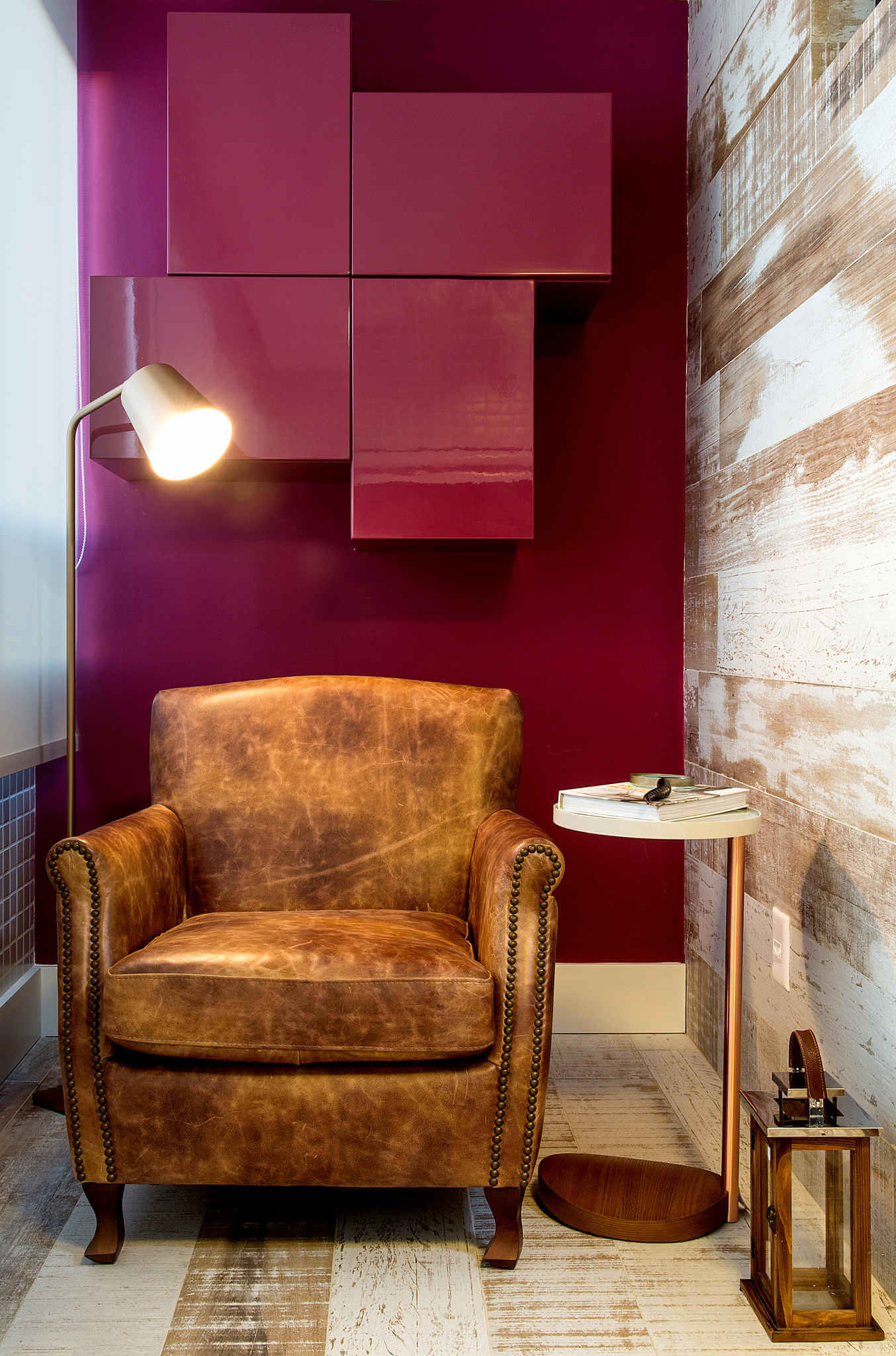 Shabby Chic in contrast: the armchair and the worn-out upholstery break the modernity of geometric burgundy
Shabby Chic in contrast: the armchair and the worn-out upholstery break the modernity of geometric burgundy
- rococo style lamps, furniture or wall panels , which may show wear and tear;
- vintage: furniture and fixtures dating back to the 50s and 60s or the Victorian era;
- furniture with worn paint. It may be purposeful wear, made with sandpaper;
- rounded lines and enameled finish on furniture and fixtures;
- clear settings, with an aesthetic that refers to the feminine;
- more delicate colors, which visually expand the environment;
- calico, linen, cotton, wool and organic fabric variations;
- bucolic environments, that is, rural and gracious;
- painted metal, iron and wood furniture;
- flowers and romantic details.
3- How to reform a furniture in the Shabby Chic style?
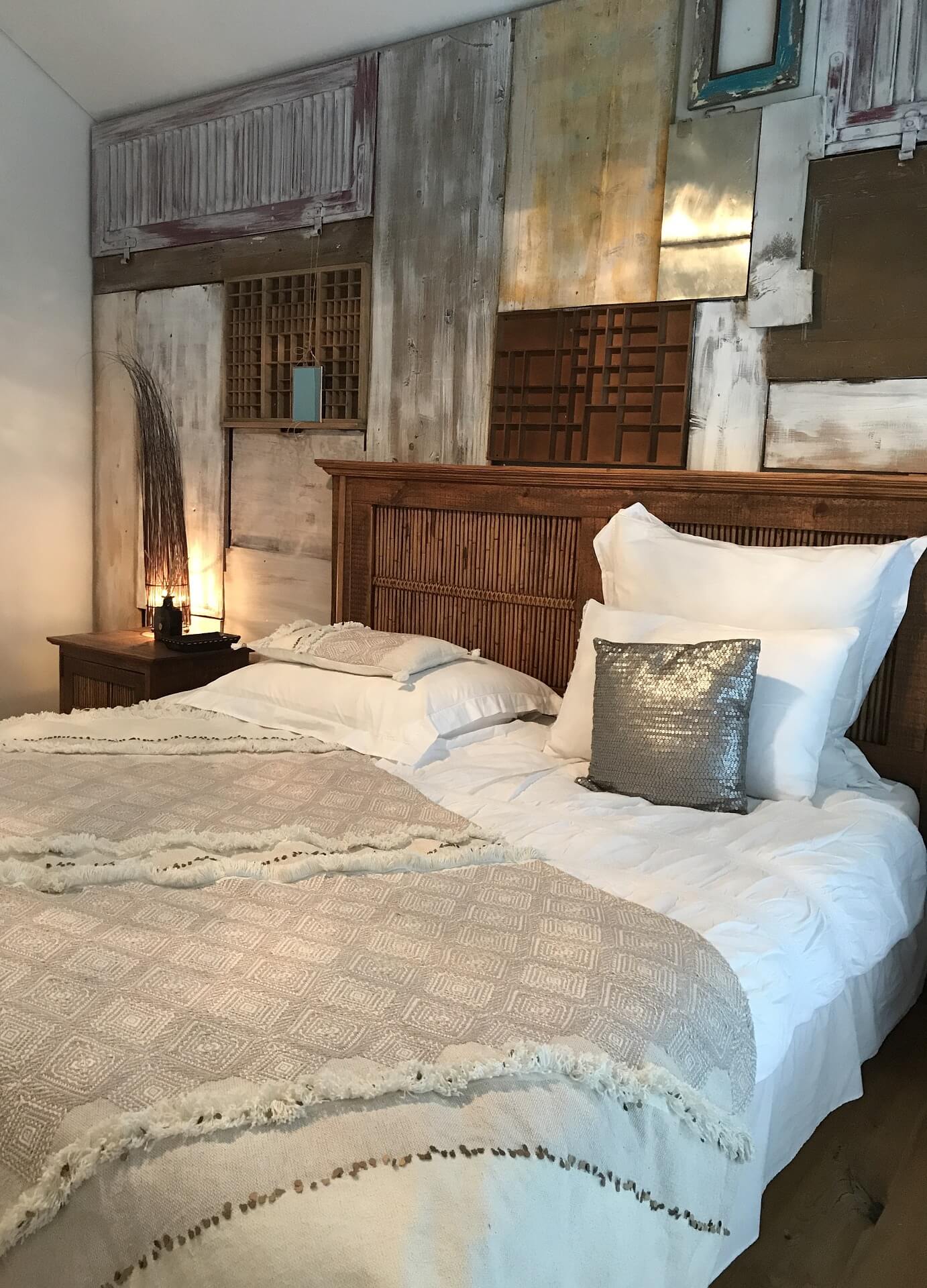 The worn-out wooden walls bring the Shabby Chic air into the room
The worn-out wooden walls bring the Shabby Chic air into the room
In addition to costing more, wooden furniture usually has a high affective value for its owner. After all, its endurance guarantees that it will spend decades in a house. However, time also acts, and it tends to leave a worn-out look.
An interesting way to join Shabby Chic is by renovating an old piece of furniture. The technique is called patina — a chemical residue that forms on the surface of metals naturally, but which can be artificially reproduced on pieces of wood.
It can be done in different ways, but the method we are going to teach you is the simplest and can be done with both conventional and spray paint.
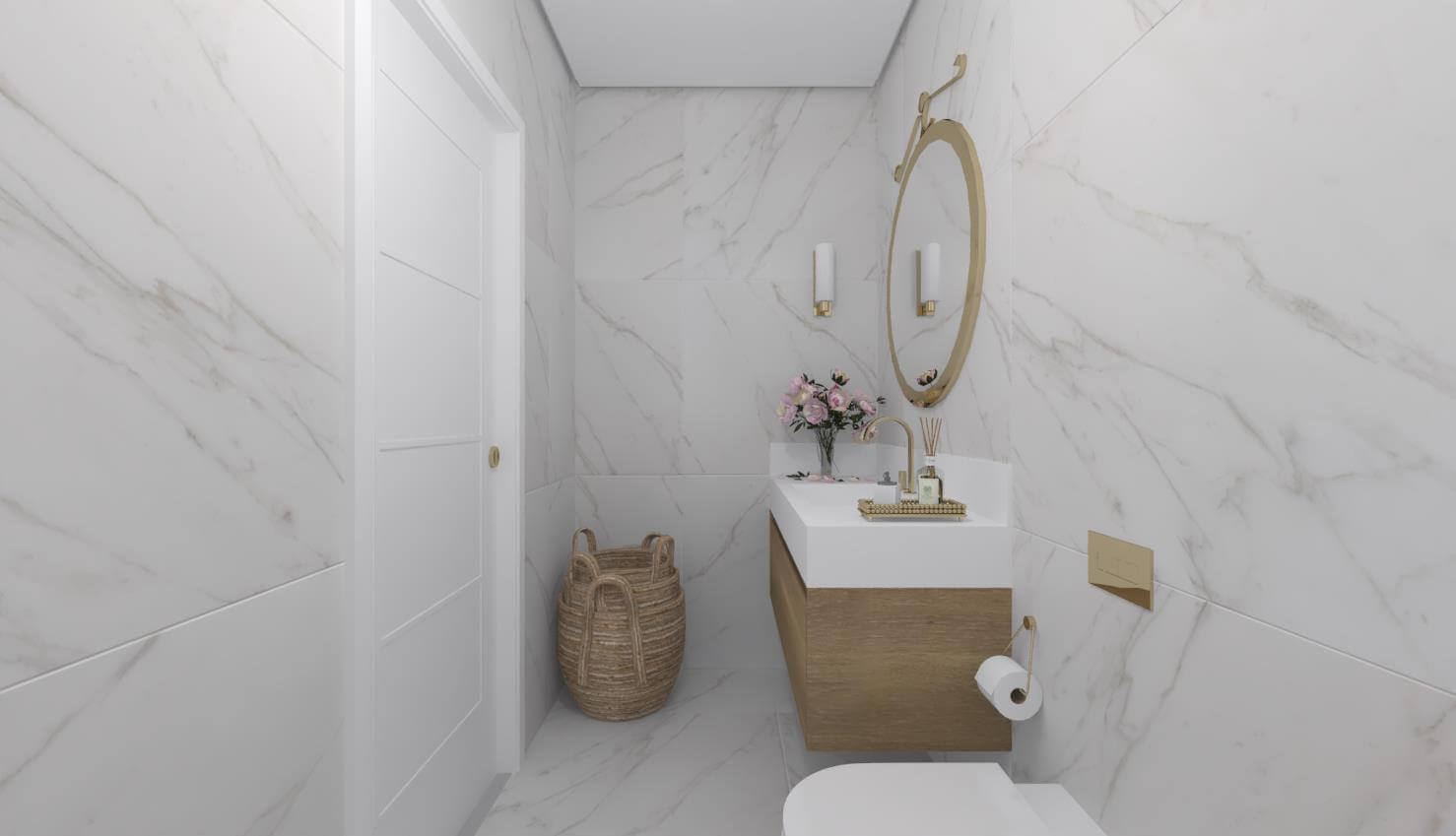 Even bathrooms can have a Shabby Chic style
Even bathrooms can have a Shabby Chic style
4- WORK MATERIAL
- wood paint in light and pastel colors such as rose quartz, mint green, cyan, and white;
- shellac, varnish or dark/colorless wax for finishing;
- latex gloves and mask for personal protection;
- paint brushes and brushes;
- a small paint roller;
- clean burlap or cloth;
- sandpaper for wood;
- leveling paint.
5- WAY OF DOING
- Before starting to paint, you need to use a paint stripper to remove the dye or varnish from the surface of the furniture. Afterwards, use sandpaper from 100 to 150 grains. It should be used even on unpainted furniture, as it leaves the wood smooth. Remember to always respect the grain of the material;
- now prepare the surface using a leveling paint. Use a roller and, in the most difficult corners, use a brush. Don’t skip this step: if color leveling is not done first, the paint runs the risk of peeling;
- finally it’s time to paint your furniture. Apply two or three coats of paint, as if you were going to leave the paint all the same. You can use a brush, roller or brush as long as you follow the grain of the wood;
- after the paint dries, some people apply an enamel to finish it before blasting. Others go straight with sandpaper (from 150 to 200 grit) to wear out the dye and finish it later. Take care to sand only where you want the wear to be — preferably on the corners, where the paint usually comes out first;
- Attention to the effect: if you rub the sandpaper lightly, it will only wear out the paint, maintaining the color. But if you apply it harder, the natural wood color will come out. Do it according to the result you want;
- use a clean, dry cloth to wipe the surface;
- finally, apply shellac, wax, varnish or any other type of sealant you have available.
6- How to implement Shabby Chic?
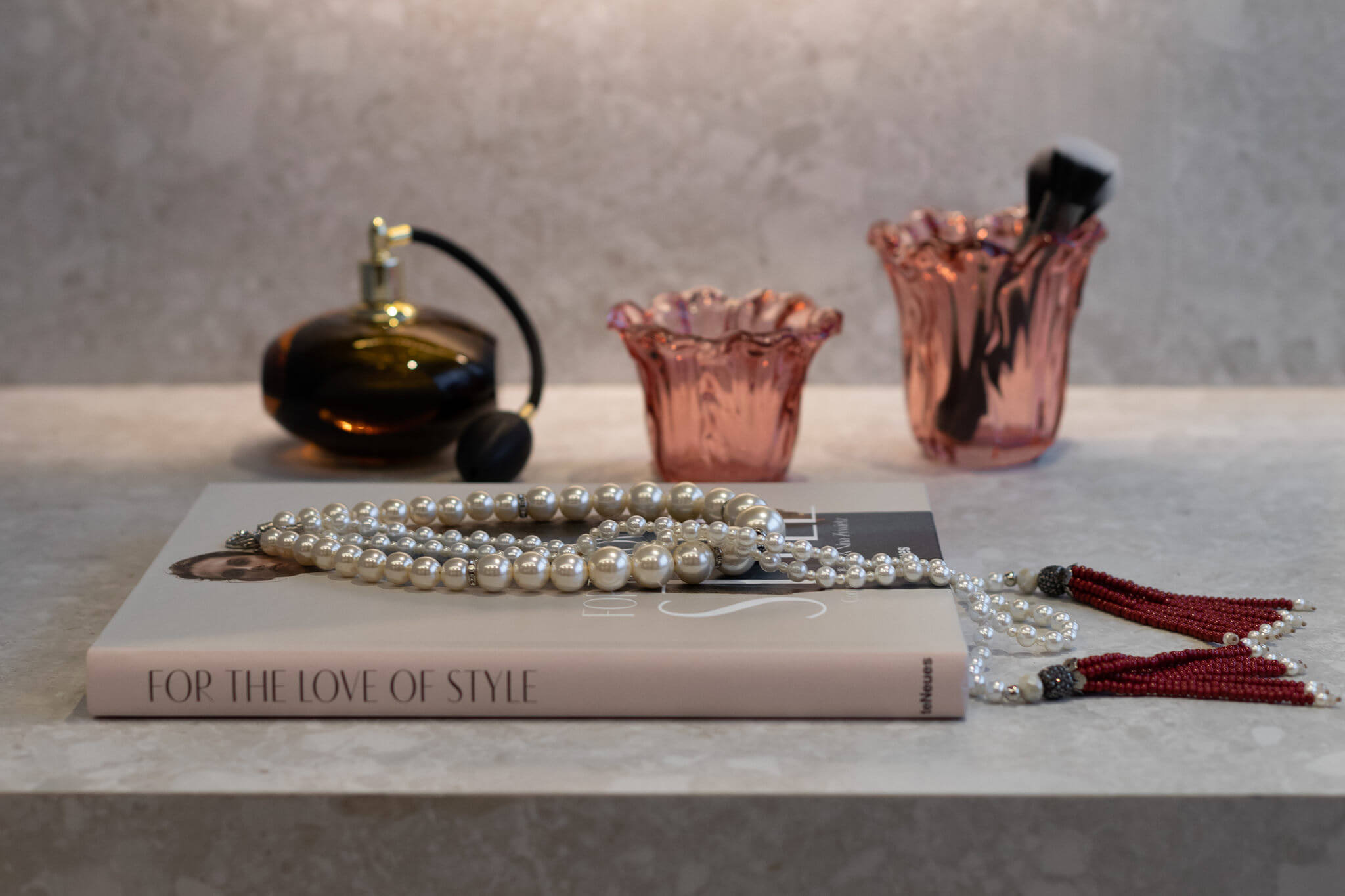 You adopt Shabby Chic even with objects that go back to the 50s and 60s
You adopt Shabby Chic even with objects that go back to the 50s and 60s
See simple tips to adopt this style in your home.
7- REUSE, REFURBISH AND WEAR OUT
The Shabby Chic style is a delicate and bucolic way to renew the past. That’s why he can “turn” an apartment, for example, into a country house. So take advantage of what you already have to clean, sand, apply good paint and wear where you need it.
It may be that there is an old piece of furniture in excellent condition that you have not been able to reuse. Take advantage of the makeover tip given in the previous topic. You can also use it on metal furniture and utensils, but with the necessary adaptations.
Another interesting way is to use mirrors. Think of that aged glass that already has wear marks but has a beautiful frame. It is a piece of weight, both for its structure and for its time of existence. A big old model can make all the difference in your living room, for example.
8- ABUSE OF LIGHT COLORS
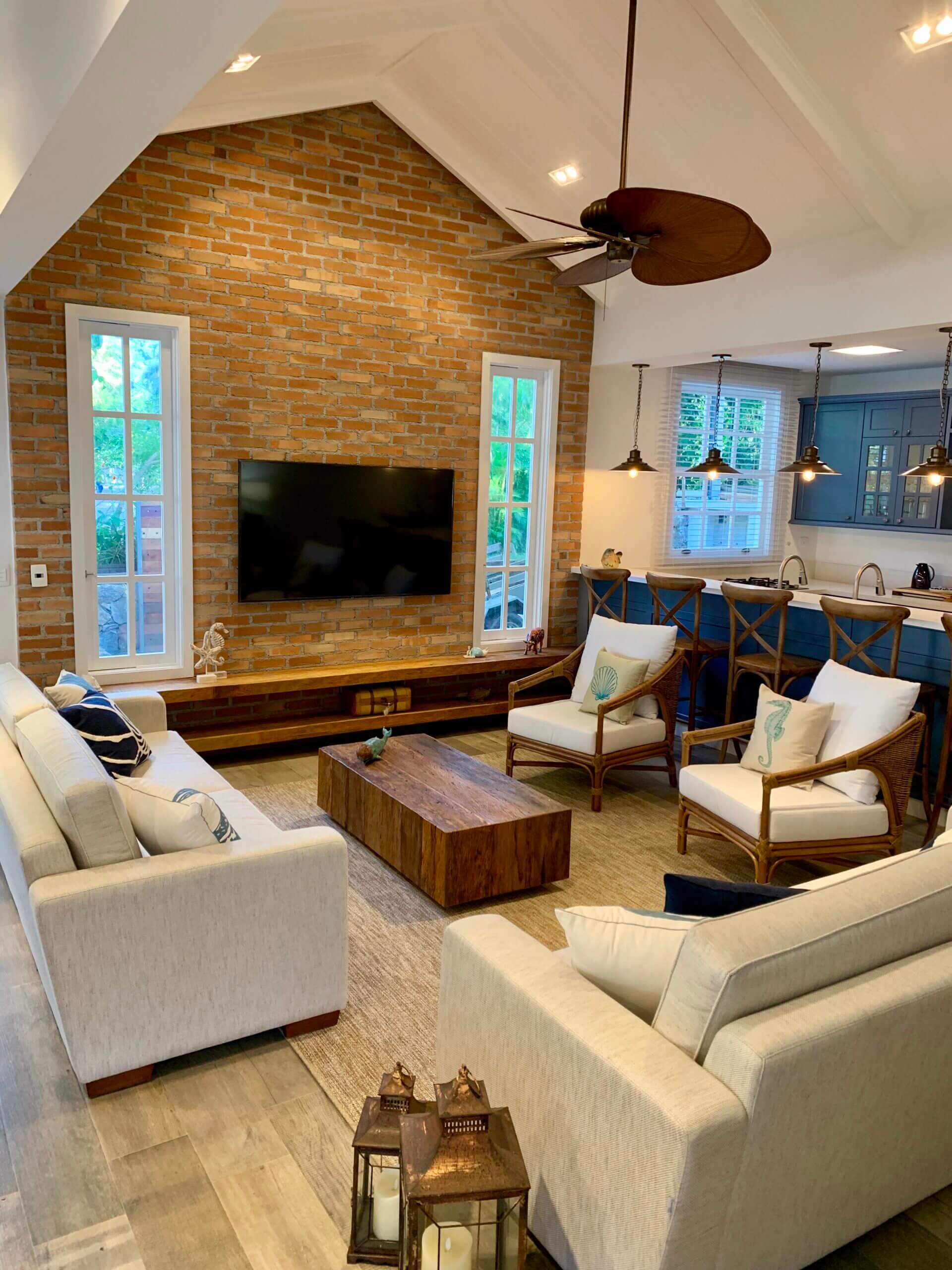 Here, the light colors of the sofa and the floor made the environment lighter
Here, the light colors of the sofa and the floor made the environment lighter
As we said, one of the main characteristics of this style is the adoption of light colors. But it doesn’t have to come down to furniture. Paint the walls in light or pastel shades such as white, off-white, cyan, rose quartz, and mint green.
9- ADOPT WALLPAPER
And why not adopt some prints? Instead of just paint, you can paste wallpapers with delicate designs, such as flowers and arabesques. They should also be in light colors.
10- OPEN UP TO THE LIGHT
Shabby Chic brings the soul of the countryside to your home. Then, open the windows and let the light solar light your mobile.
11- DON’T FORGET THE FABRICS
Can’t make changes to the walls? So, use curtains with flowers or red and white plaid, preferably in organic fabrics. Place blankets and pillows on the sofa, and tablecloths.
12- FLOWERS, FLOWERS, FLOWERS
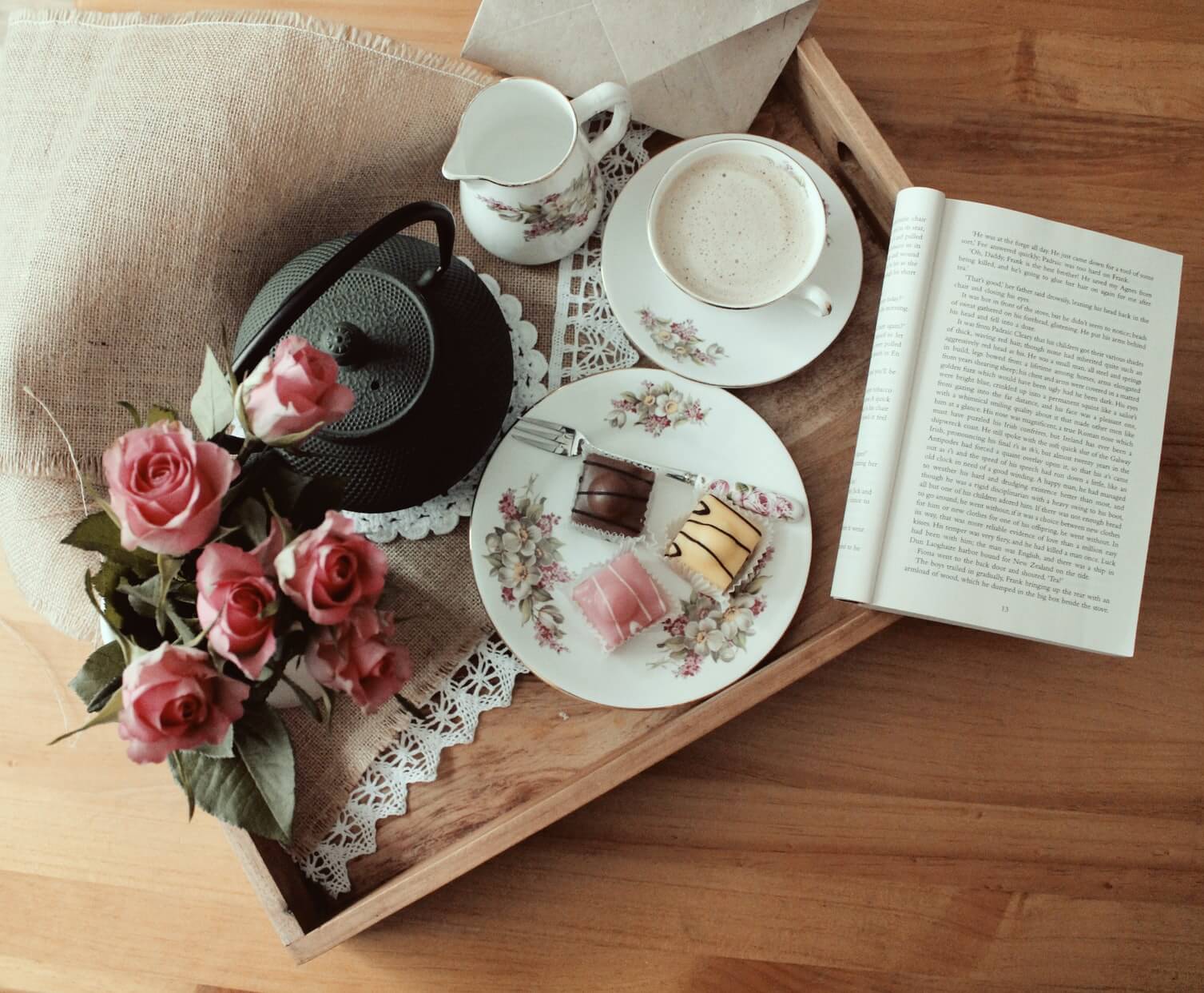 Shabby Chic on a tray: wood, dinnerware, flowers, organic fabric and romanticism
Shabby Chic on a tray: wood, dinnerware, flowers, organic fabric and romanticism
In every corner of the house, decorate with flowers, giving preference to those typical of the countryside.
Daisies, sunflowers, field lilies, violets, azaleas, carnations, hydrangeas, dandelions and madibas are the best known. Already the roses bring all the romanticism of the style .
They can be placed in vases or objects such as iron teapots and kettles with the dye used up.
13- DON’T FORGET THE FRAMES
The frames also help to bring a bucolic feel. Again, give preference to paintings and photos that refer to nature and countryside.
14- FINALLY, BET ON THE DISHES
Use those dishes that your mother only wants to use on special dates. Even the ones that are chipped—they have many stories to tell.
15- Paola Navone: synonymous with Shabby Chic
 Architect and designer Paola Navone, a great Shabby Chic style enthusiast
Architect and designer Paola Navone, a great Shabby Chic style enthusiast
One of the best known names in Italian design, Paola Navone is a free and innovative spirit who brought the avant-garde to architecture in the 1980s. Her nomadic life brings her to know many everyday objects in cultures around the world — something she embraces in all his creations.
This rescue of the common, memory and the past made Paola’s work synonymous with Shabby Chic. Buildings, environments, furniture and products developed by the designer are usually in light colors, with organic materials, which convey comfort and are sustainable.
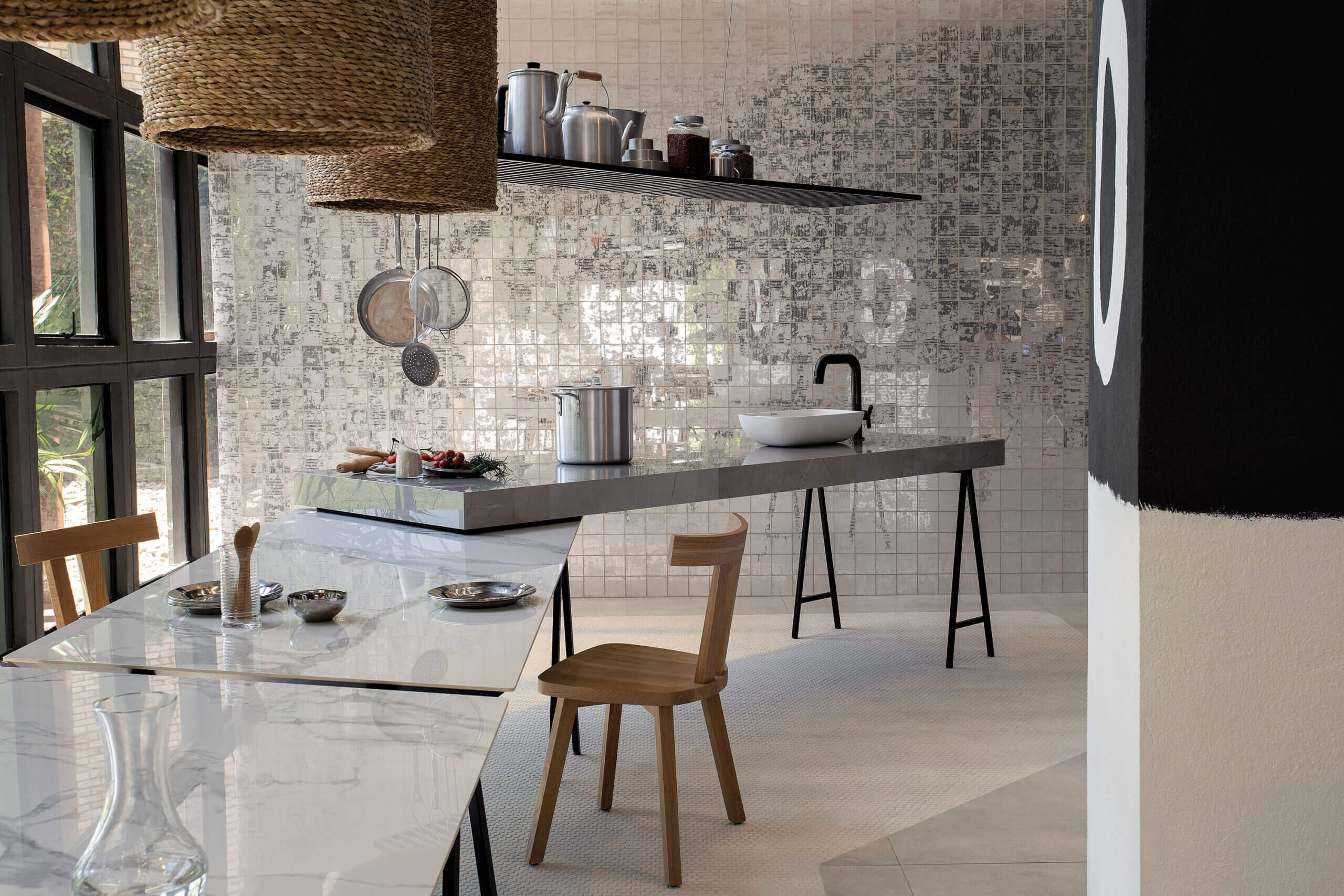 The kitchen developed by Paola Navone for Mostra Unlimited Portobello
The kitchen developed by Paola Navone for Mostra Unlimited Portobello
In 2020, Paola participated in the Archtrends Summit and Mostra Unlimited , creating two coverings that are marketed by Portobello: Vedononvedo and Bonbon .
The kitchen she developed for Mostra Unlimited brings the Shabby Chic spirit. Inspired by the Mediterranean, it has lots of organic elements, a white floor and table, and it’s open, inviting anyone to come in and cook.
See how it is possible to adopt Shabby Chic in any household?

